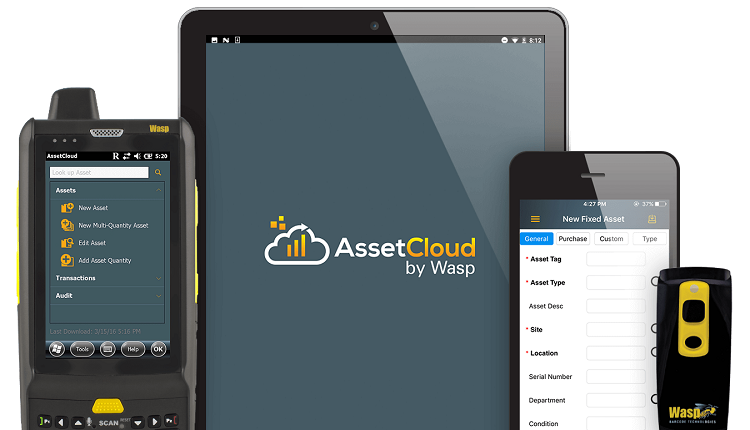Handling assets in multiple locations can pose difficulties for companies. However, asset tagging software provides a convenient way to monitor and handle resources effectively. This article explores how organizations can reap the advantages of this cutting-edge technology by outlining the implementation procedure.
Table of Contents
Understanding Asset Tagging Software
Organizations use asset tagging software to keep track of their assets by assigning identifiers to each item, such as barcodes or RFID tags, for efficient monitoring and management purposes. This helps in minimizing errors and improving accuracy while optimizing the allocation of resources.
Assessing Organizational Needs
Prior to integrating asset tagging tools into their operations, companies ought to evaluate their requirements. Take into account aspects such as the quantity and variety of assets held, as well as the geographical reach of the organization. By comprehending these factors, a proper software solution can be chosen that meets the needs of the business effectively.
Choosing the Right Software
Choosing the software is vital for organizations to consider aspects such as features available, scalability integration options, and pricing factors. It is also important to look for a software solution that can support multiple languages and currencies, especially if the organization operates on a global scale. Involving stakeholders in this decision-making process helps ensure that the software can cater to a wide range of needs.
Preparing for Implementation
A successful implementation relies heavily on being well-prepared beforehand. It’s important for organizations to put together a project team that includes individuals from different departments to bring their viewpoints and skills to the table. This team will be responsible for managing the implementation process and handling any issues that may come up. Effective communication and teamwork among team members are crucial for the smooth execution of the project.
Data Migration and Integration
Transferring data to the asset labeling system is a phase that organizations must prioritize for a seamless transition process without any errors or gaps in information transfer accuracy. Incorporating this system with platforms, like ERP or inventory management tools, is vital to uphold a smooth workflow structure and improve the uniformity and accessibility of data across various systems.
Training and Support
A thorough training program is essential for utilizing software within a company’s operations and processes. Organizations must conduct training sessions for staff members to familiarize them with all aspects of the software. Moreover, ensuring support allows employees to tackle any problems that may arise promptly, thereby maintaining operations. A competent workforce that is well-trained plays a role in optimizing the advantages of asset tagging software.
Implementing Across Multiple Sites
Uniform implementations in different places should be planned meticulously to ensure success. Companies should take a step-by-step approach by introducing the software across locations. This strategy helps in identifying and resolving any issues on a scale before implementing it. Consistent application is key to maintaining asset management practices.
Monitoring and Evaluation
After putting the software into action, companies need to keep an eye on how it is working/ Checking its performance regularly is key to pinpointing where it can be bettered and making sure it stays productive and efficient. Taking in feedback from users offers helpful perspectives on how to make enhancements that meet the changing needs of the organization.
Benefits of Asset Tagging Software
Asset tagging software provides an array of advantages, such as boosting productivity levels and minimizing errors while enhancing the visibility of resources within an organization’s asset tracking system. This streamlined process not only aids in decision-making but also ensures compliance with industry regulations and standards.
Challenges and Solutions
Using asset tagging software comes with advantages, but it can also present its own share of difficulties that need to be managed effectively, such as resistance to change and the complexities of data migration and integration processes. To tackle these challenges successfully requires communication, along with detailed planning and comprehensive training programs to equip employees with the necessary skills. It’s important for organizations to stay flexible and be ready to tweak their approach when needed in order to navigate through any obstacles that may come their way.
Conclusion
Deploying asset labeling technology within a site corporation can greatly boost the effectiveness of asset management processes by evaluating the specific requirements of the organization and choosing appropriate software solutions while providing comprehensive training for seamless implementation procedures.
Continuous monitoring and assessment play a role in refining the system to keep pace with changing business demands. This approach leads to business operations. Better asset tracking capabilities that support informed decision-making within organizations.

